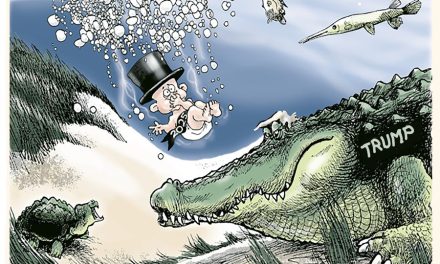The following is a commentary from Charles Santo who teaches at University of Memphis. He moved from Portland, Oregon, to Memphis about three years ago, and his fresh perspective and insight into our city are affecting key issues that we often discuss often.
Here’s his post:
Intertwined with other more obvious concerns in the aftermath of 9/11 emerged a new set of worries about the future of cities and urban form. Prior to that day, urban planners and economists considered the primary threats to the advantages of proximity that made dense urban concentrations work to be the declining cost of moving goods and people, along with advances in information technology. But discussions of the impact of telecommuting on urban form were suddenly replaced with dialogues about the impact of terrorism.
Many worried that refugee firms displaced by the loss of office space in lower Manhattan would never return from the places they had moved to in New Jersey or Connecticut. Others (including noted urbanist James Howard Kunstler) argued that the lesson of the day was that skyscrapers were inherently dangerous (and unnecessary), or that density itself put people in harm’s way. For safety’s sake, don’t bunch up,” urged historian Steven Ambrose.
“In this age of electronic revolution… it is no longer necessary to pack so many people and office into such small space as lower Manhattan. They can be scattered in neighboring regions and states, where they can work just as efficiently and in far more security.” (For more overt “sprawl as defense” arguments go here or here. For a response, go here.) Some worried about the impact of hardening security on the culture of city life. Perhaps surveillance would erode freedoms and encroach on public spaces to the point of stifling the interaction that helps makes cities vibrant.
A feeling emerged that these new concerns might team up with the effects that had previously been chipping away at the benefits of proximity, exacerbating the diffusion of density and the transformation of urban form. At the time there was broad public discussion of whether cities as we knew them might be doomed.
Before we ever considered whether these fears were founded – before we could sift through the data that emerged in the months and years following the 9/11 attacks that would empirically describe the impacts of terrorism on urban form – we collectively stopped thinking about the issue. Life went on, and after a period of thinking about the impact of 9/11 on everything, we simply stopped.
If you want read about the impact of terror on urban form from an empirical perspective, the best place I’ve found to start is Peter Eisinger’s “The American City in the Age of Terror: A Preliminary Assessment of the Effects of September 11,” from the September 2004 issue of Urban Affairs Review. Eisinger gives a thorough review of academic thought about the future of cities in the period immediately following the attacks. Then, presenting evidence regarding the impact of the attacks on urban government and policy, urban economies, and city life, Eisenger explains why many of our immediate fears were unfounded. Eisinger concludes that “perhaps the biggest lesson so far about cities in the aftermath of the terror attacks is that they are resilient.”
And that is the word of the day: resilient. You can read it in Howard Chernick’s 2005 book Resilient City: The Economic Impact of 9/11. You can read it Lawrence Vale and Thomas Campanella’s The Resilient City: How Modern Cities Recover from Disaster. And you can read it James Harrigan and Philippe Martin’s “Terrorism and the Resilience of Cities,” which appropriately concludes, “the forces that lead to city formation also enable cities to be highly resilient in the face of catastrophes such as terrorist attacks, because they constitute a force for agglomeration that is very difficult to overcome.”
The benefits of proximity prevail, for now.



